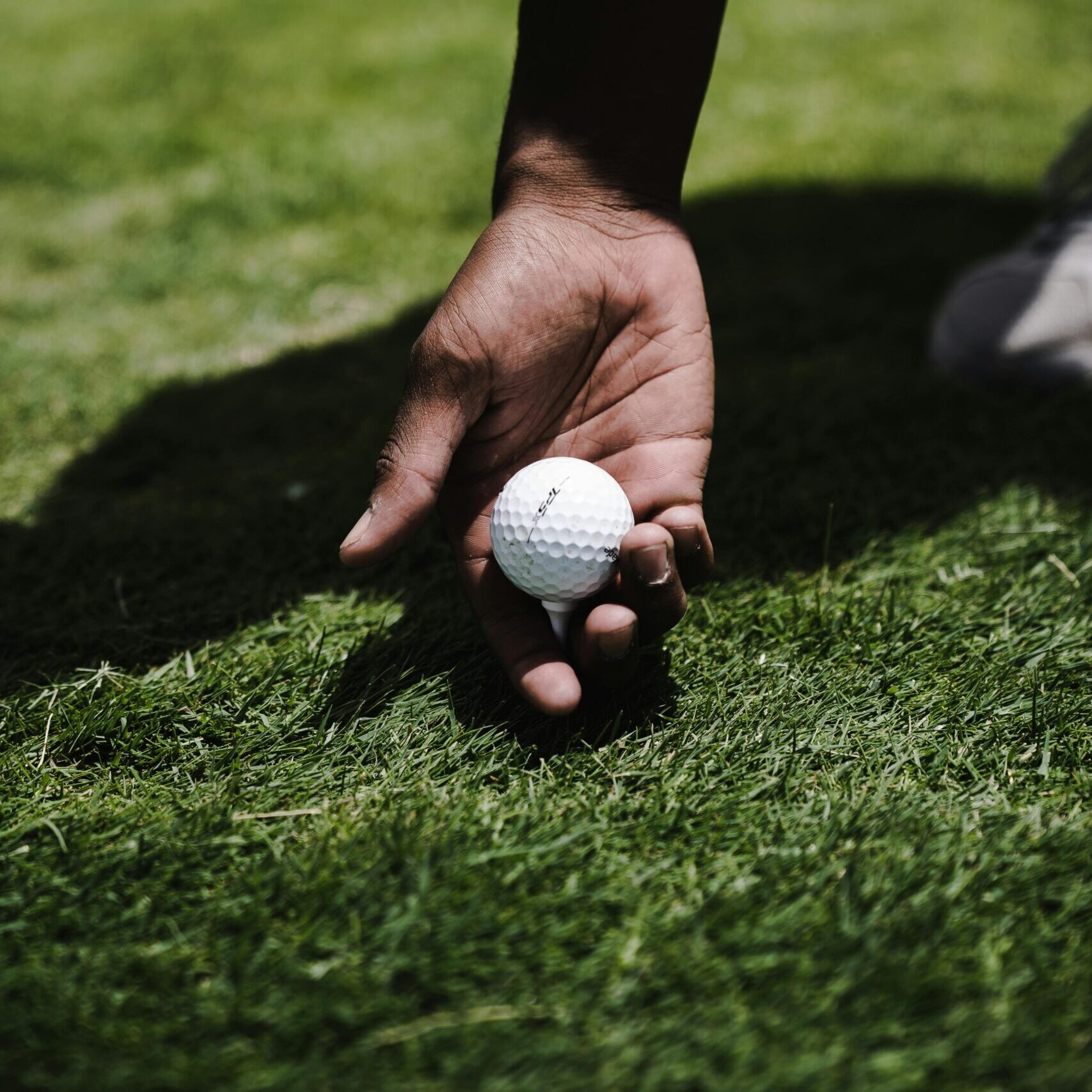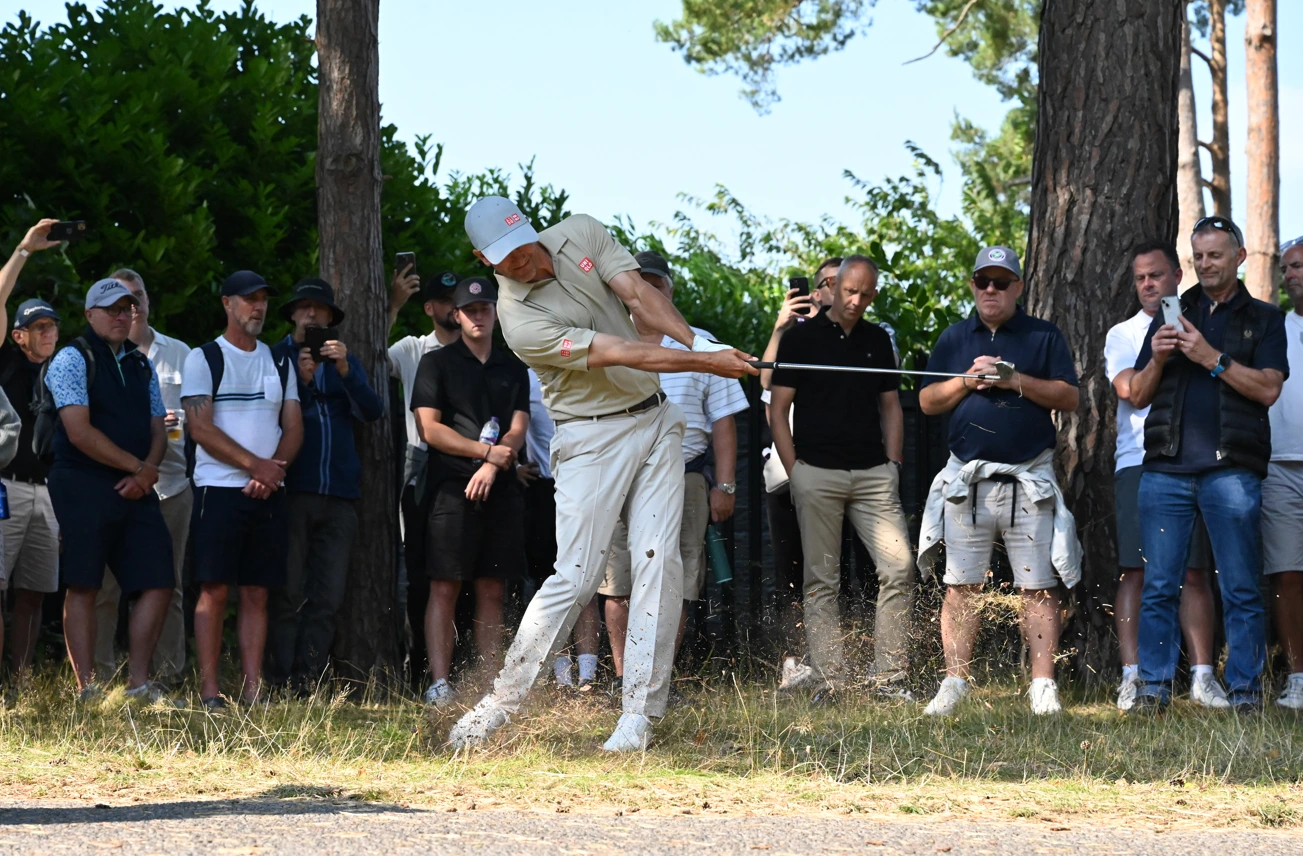Ever stood on the tee box and wondered why your drives sometimes slice into the trees or hook into the rough? You’re not alone. The secret lies in the delicate balance between your swing path and your clubface angle. Together, they dictate where your ball starts and how it curves. Let’s break it down step by step so you can finally crack the code and hit those consistent drives you’ve been chasing.
Why Your Ball Starts Where It Does
Imagine your clubface as the steering wheel for your ball. At the moment of impact, the angle of your clubface decides the direction your ball takes right off the tee.
- If the clubface is open (pointing right), the ball will launch to the right.
- If the clubface is closed (pointing left), the ball will start left.
- If the clubface is square (aligned with the target), the ball will start straight.
Think of standing on the tee box aiming at the flag. The way your clubface is angled at impact determines whether the ball starts toward the flag, veers right, or heads left.
What Makes the Ball Curve?
Now let’s talk about your swing path. This is the direction your clubhead is moving as it strikes the ball. Picture an imaginary straight line running from your ball to the target. Your swing path can follow three different routes:
- Square to the Target Line: The clubhead moves straight along the line toward the target. If your clubface is also square, the ball flies straight.
- Inside-Out Path: The clubhead moves to the right of the target line after impact. If the face is square, the ball starts straight but curves left into a draw.
- Outside-In Path: The clubhead cuts across the ball, moving left of the target line. With a square face, the ball starts straight but curves right into a fade.
Picture a railroad track stretching toward your target. A square swing follows the track, while an inside-out path veers right, and an outside-in path crosses to the left.
How Face and Path Work Together
The real magic happens when you combine your swing path with your clubface angle. These two factors create the ball flight you see after every drive. Let’s look at a few scenarios:
- Square Face + Inside-Out Path: The ball starts straight and curves left (a draw).
- Closed Face + Inside-Out Path: The ball starts left and hooks farther left.
- Open Face + Outside-In Path: The ball starts right and slices farther right.
- Square Face + Outside-In Path: The ball starts straight and curves right (a fade).
Imagine throwing a dart. The angle at which you throw it sets the starting line, but the direction of your arm’s motion determines how it curves. Adjust one or the other, and the dart’s flight changes.
How to Identify Your Swing Path
Next time you’re at the driving range, try this simple exercise to diagnose your swing path and clubface tendencies:
- Set Up a Target: Pick a clear target, like a flag or marker, and align your feet and clubface toward it.
- Hit and Observe: Watch where the ball starts and how it curves. Does it veer left, right, or stay straight?
- Experiment with Adjustments: Try intentionally swinging inside-out or outside-in and notice how the ball responds. This will help you understand the connection between your swing path and ball flight.
Practical Tips for Better Drives
- Align Consistently: Always aim your clubface at your intended target. Alignment errors make diagnosing swing issues harder.
- Record Your Swing: Use video to check if your clubhead is moving inside-out, outside-in, or straight through the ball.
- Learn from Ball Flight: Your ball is like a mirror, reflecting the relationship between your swing path and clubface angle. A slice, for example, reveals an open face paired with an outside-in path.
Conclusion: Take Control of Your Driver
By understanding how your swing path and clubface work together, you can take control of your drives and eliminate those frustrating slices or hooks. Picture the path you want, set your clubface accordingly, and let the swing do the work. With practice, you’ll see more fairways and fewer hazards.
The next time you stand on the tee box, you’ll know exactly what’s happening with your swing—and how to make it work for you.




